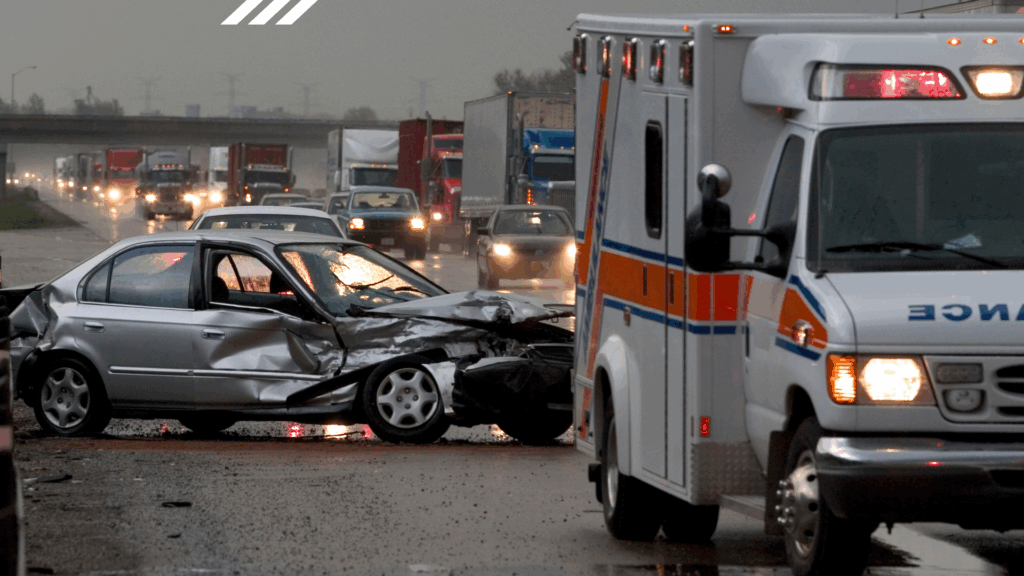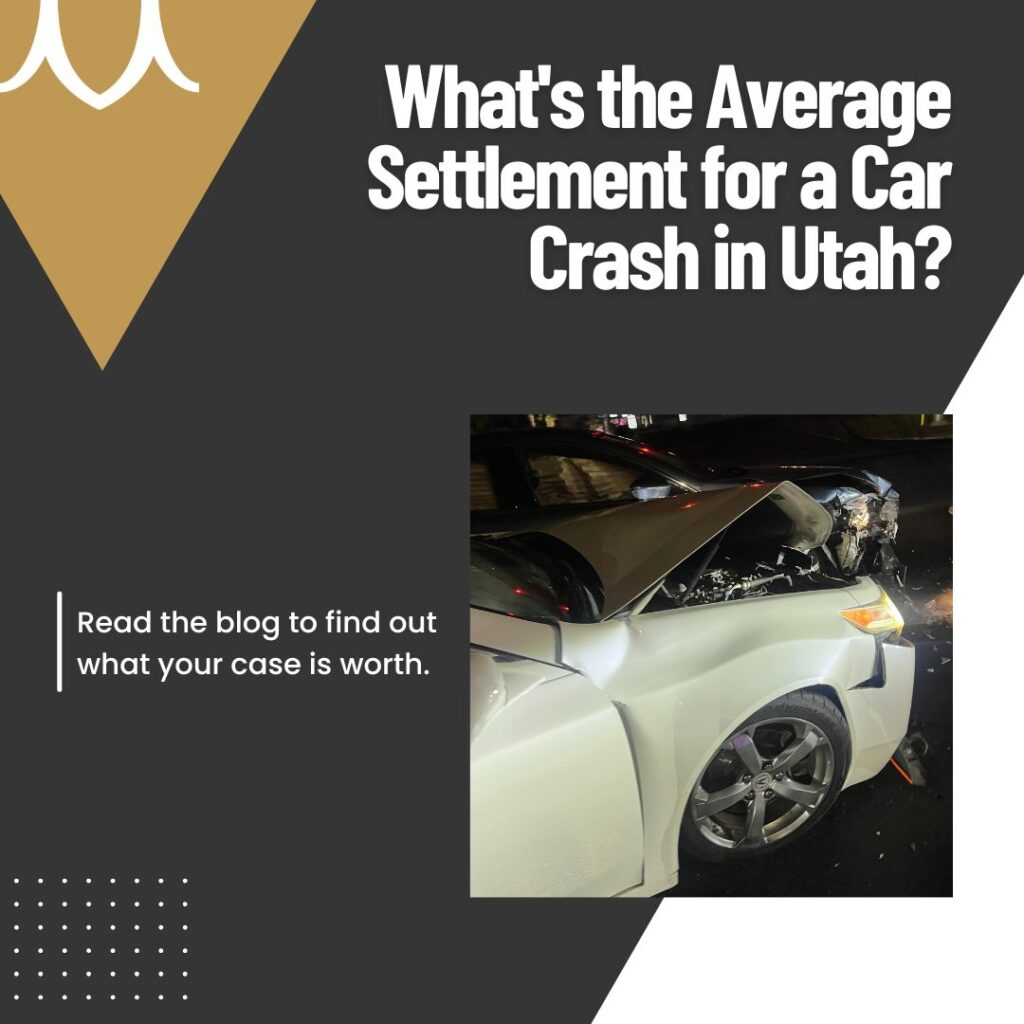
This article address issues surrounding estate planning cost.
- Cost: Most average Estate Plans costs approximately in the range of $500 – $3,000. However, they can range anywhere from a few hundred dollars to even tens of thousands depending on the quality and/or number of assets. For example, a person with millions of dollars to distribute may be willing to pay for hundreds of hours of legal help to make sure that money transfers properly, which is important to remember when discussing estate planning cost.
- Why have an Estate Plan? Let’s first establish what an estate is: an estate is virtually anything someone owns (car, house, furniture, land, money, etc.). Most people have an estate because most people own something. Planning for someone’s estate consists of the ideas, goals, and plans for what he/she owns now and/or after they die. An estate doesn’t stay with someone when they die – it has to go somewhere. If someone has a plan for their estate, those assets will benefit those whom they choose in a timely manner. While someone is living, they might need a power of attorney or medical power of attorney. The power of attorney is chosen by the estate planner and acts on the estate planner’s behalf if that person ever becomes incapacitated. A will is the estate planner’s last wishes for them and their assets. The estate planning cost can vary.
- What if I die without an Estate Plan?If someone dies without an estate plan let alone an estimated estate planning cost, there are a few things that can happen:
- Probate is a process where a state court will determine the distribution of assets; this typically happens if a deceased person does not have a will. This is a time consuming and costly process; it can take months, even years for the assets to be transferred to specific persons and typically costs your loved ones between $5,000 and $10,000 dollars to complete, which can be considered part of the estate planning cost.
- Joint Tenancy is the possession of assets held by more than one person. For example, if a couple has joint tenancy and a spouse dies, all of the deceased spouse’s assets would be transferred to the living spouse.
- Intestate consists of rules designated to the assets that do not immediately transfer to the spouse in a joint tenancy. If someone dies without an estate plan and the living spouse still has jurisdiction over the children, then all of the assets will be transferred to the living spouse. If someone dies without an estate plan and he/she has children not legally guarded by the other spouse, the living spouse receives a fund from the deceased estate, topped off at $75,000, plus ½ of the spouse’s property; the remaining property goes to the children. If the person who dies is not married, their estate is transferred to his/her children.
- Do I want to avoid probate? Probate if possible should be avoided. It is a process where instead of the person who owns the assets, a state court decides when and where to transfer the assets. If a person owns assets in another state such as real estate, those assets will be determined by that state. Probate can take months, even years and is very costly. Try to avoid this type of estate planning cost.
- Probate Cost vs. Estate Plan: If the average estate planning cost $1,500, and the average probate fees cost around $8,500, then one reason for having an estate plan is obvious – to save money. If someone has an estate plan, they can typically avoid probate altogether, saving thousands because they have a plan for their estate. It seems obvious: get an estate plan that includes a will and save thousands by avoiding probate, however, 63% of Americans die without a will (U.S. Legal Wills, 2017). The biggest problems are frustration, confusion, and irritation of probate – these are put upon the family and friends of the deceased person.
- Saving money and feeling confident: The difference between the averages of probate and an estate plan is obvious. However, it may not be that simple, because some people own many assets and it can be intimidating to go through the process of planning and accounting for everything someone owns. Knowing one’s assets will end up with the right people is one of the most important reasons for getting an estate plan.
- Estate Planning Components: The important components of an estate plan are the will and power of attorney. Here are some common components:
- Will: Someone’s last wishes for what is going to happen to them and their assets after they die. This is a very important component for the planning of one’s estate because assets do not stay with them they die. The direct and clear plan for what is going to happen to them and their assets are included in their will.
- Trust: A pool of assets that are available to chosen beneficiaries while the creator of the trust is still living, or after they die. A trust is similar to a will in the fact that assets become available to beneficiaries at a specific time – the difference is when.
- Power of Attorney: A power of attorney is someone is who is chosen to act on behalf of the estate planner if they ever become incapacitated. This is especially important because anything can happen at any time; being prepared will prevent much frustration, confusion, and irritation.
- Medical Directives: A durable power of attorney is selected to make medical decisions for you if you are unable or incapacitated. If someone becomes seriously ill or is in a vegetative state, a living will has instructions to stay on or withdraw from life support.
Beneficiary Designations: The whole of one’s assets included in the estate need to be transferred after the death of the estate planner. Beneficiary designations are the locations where the assets will be transferred. Many people choose their children, spouse, or parents as the beneficiaries.




